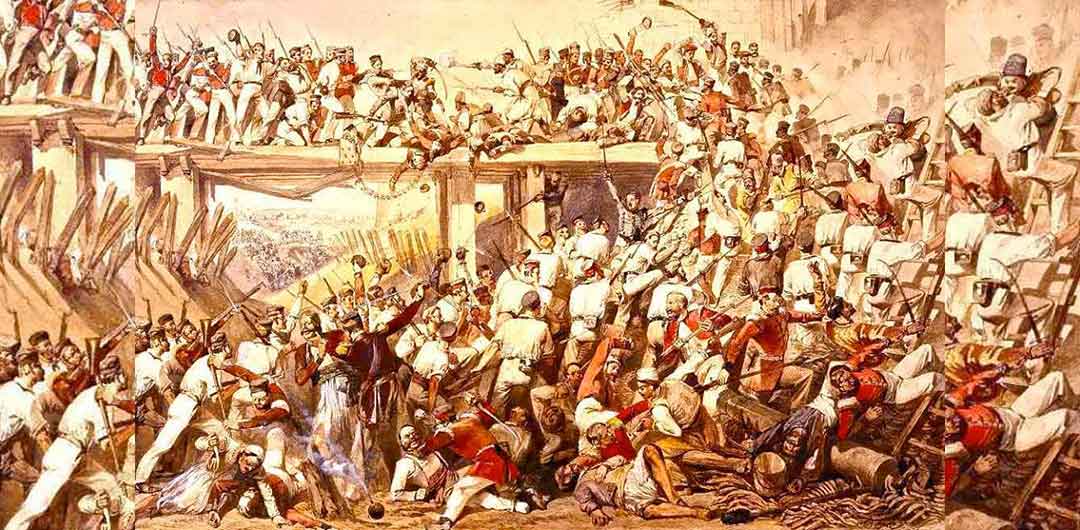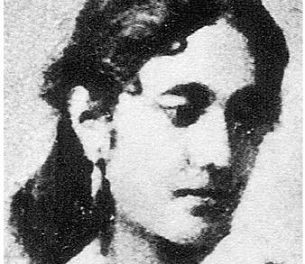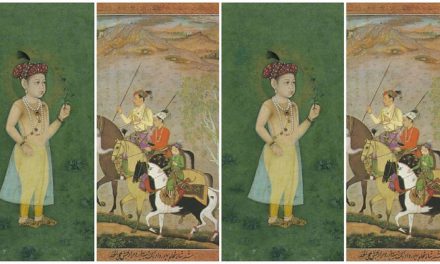
In a world not too far back into the past, the harmony of Bengal, Bihar, and Orissa wasn’t left unperturbed. All the way from Europe, the British heard of the land of Gold; soil so fertile and rich; and of the magical hands that weaved cotton, silk and muslin so magnificently that the world would fall to its knees to obtain such luxuries. Upon the arrival of the British settlers, they met naïve people with hearts of gold and instantly foresaw how they could use the latter to suit their advantages.
Tribe was a peaceful tribe that lived in the jungles on the tribal belt of what was then known as the Bengal Presidency. They hunted and gathered and lived in harmony with their kind. But the clash between them and the British were brought about when the Railway line workers started stealing their food. The British suddenly realized that these Santhal people were not paying tax, and enforced it upon them. On the 30th of June 1855, the Santhal Rebellion began, but the movement was brutally ended by troops loyal to the British by the 3rd of January 1856. Their rebellion was in vain as well.
But the dreams woven about freedom were still breathing. In 1857, after a solid hundred years, Bengal, Bihar, and Orissa had evolved education systems. A new society of decent British people settled in the Indian Subcontinents. But the diversity of culture and class was still witnessed. Native soldiers had a fee of 4 rupees whereas the white foreigners had a fee of 40 rupees.
Injustice still stayed rooted in the different corners of Bengal, Bihar, and Orissa under the British rule. The frustration from the corruption that occurred still simmered through the veins of the poor and the common class. The difference in class between the British and the Madrazi and Bengal grew more and more prominent.




